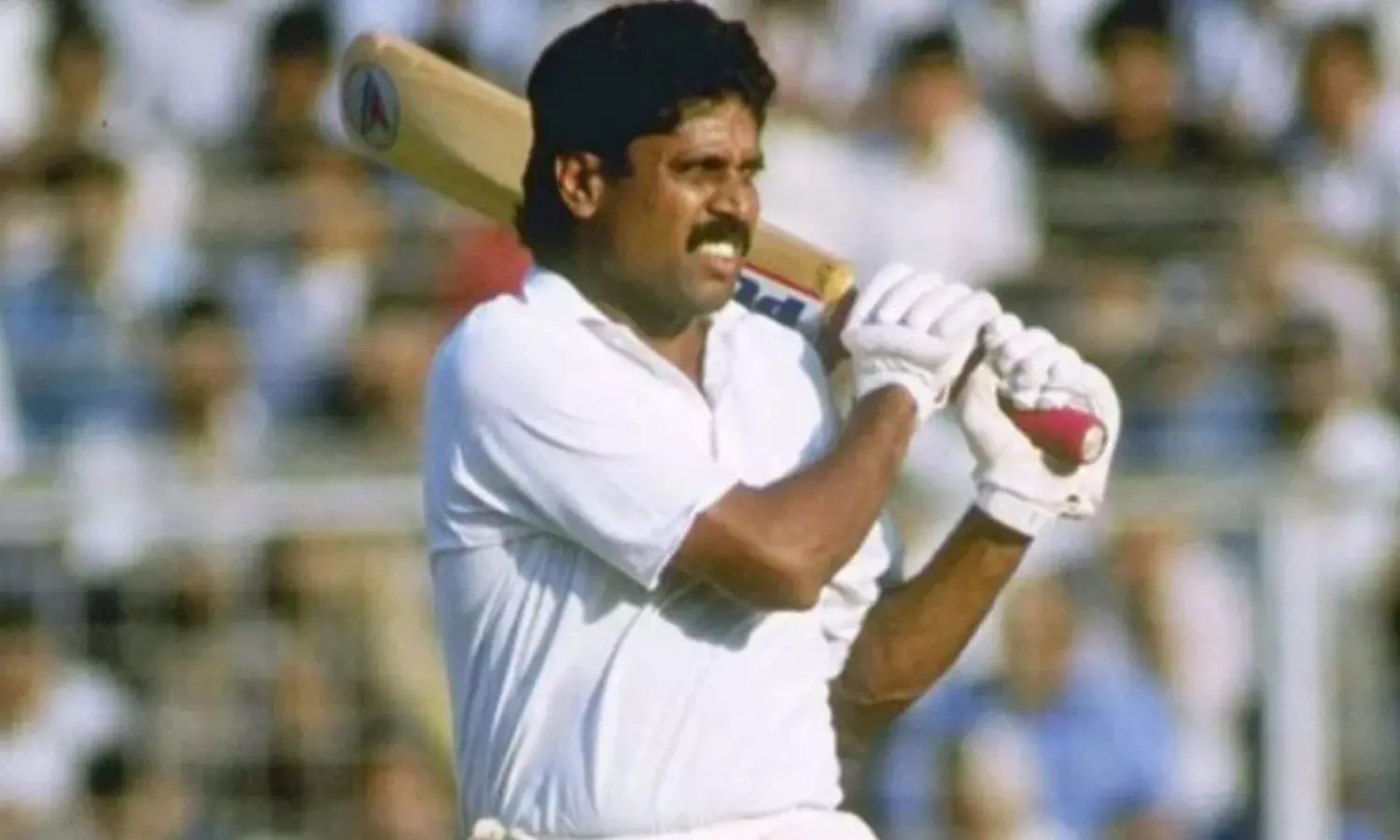What Indian Cricket Owes Kapil Dev Is Immeasurable
Kapil’s finest deeds coincide with the greatest moments in Indian cricket.
Exactly forty years ago a tall, well built 19-year-old lad from Haryana made his Test debut and Indian cricket has not been the same since. Probably no player has had a more positive, thrilling and entertaining influence on Indian cricket as Kapil Dev. Yes, Sunil Gavaskar was the first game changer for it was his batting that inspired his teammates and others who followed how to achieve great deeds with the bat particularly against pace bowling. But how to give it back to the opposition remained the problem. Kapil provided the answer.
Indeed Kapil was to prove to be an inspiration in two other fields that India had to improve. Indian pace bowling was a joke and a farce in the sixties and early 70s and it was his arrival that saw a metamorphosis in this mode of attack. Secondly one day cricket was gaining in popularity the world over but India remained indifferent to this format. It was again Kapil with his personal deeds with bat and ball and his leadership during the triumphant 1983 World Cup campaign in England who saw to it that the format gained popularity and marked an upward graph in India’s fortunes.
What Indian cricket owes Kapil is immeasurable. Thanks to him India’s pace bowling attack is now respected, even feared by leading batsmen. There are four or five outstanding pace bowlers battling it out for a place in the Indian team and several others on the fringe or waiting in the wings. It was Kapil who proved that Indians could bowl fast in home conditions despite the pitches and the weather not being exactly amiable. During Kapil’s time and since then we have had pace bowlers capable of taking 200 and 300 wickets in their career, a bowler capable of taking 13 wickets in a match in Indian conditions. rattling the opposition by having them 0 for 2 and 1 for 3 on more than one occasion or having them reeling at 26 for six and 39 for six.
In the early 80s India were novices in one day cricket with an abysmal record but the 1983 World Cup triumph set off a succession of victories that saw India become feared opponents. Kapil’s unforgettable 175 not out inspired other batsmen to become more adventurous, innovative and enterprising which is what one day cricket was all about. Kapil adopted this same approach not just in ODIs but also in Tests where he matched deeds with the three other great all rounders of his day Richard Hadlee, Ian Botham and Imran Khan. And yet none of them – and no cricketer since – has acquired his double of 5000 runs and 400 wickets in Tests.
Kapil’s finest deeds coincide with the greatest moments in Indian cricket. If one starts to recount them there will be no end to the list. The youngest to take 100 Test wickets, the youngest to complete the double of 1000 runs and 100 wickets (incidentally in the same Test), the youngest to complete the ''double double’’ (2000 runs and 200 wickets), the youngest to 300 Test wickets. An intuitive captain his high point in Tests was the series victory in England in 1986.
Kapil’s ODI exploits are no less legendary. The first to get to the double of 3000 runs and 200 wickets is but a start and for long his tally of 253 wickets was a record. The famous 175 not out remained his only hundred in ODIs but there were several breezy knocks that proved to be the turning point in the game. In Tests he got eight hundreds, all bright and sparkling knocks whatever the situation. He hit 50 off 30 balls against Pakistan at Karachi in 1982 the fastest half century in Tests in terms of balls received. His hundred off just 74 balls against Sri Lanka in 1986 was the fastest by an Indian. His four successive sixes off Eddie Hemmings at Lord’s in 1990 is part of cricketing folklore. With No 11 Narendra Hirwani at the other end and 24 needed to avoid the follow on that was Kapil’s way of solving the problem, simple yet dramatic.
Really one could just go on and on in recounting his countless great feats but perhaps the greatest of all these was being the highest wicket taker (434) in Tests. For an Indian fast bowler to achieve this feat was absolutely incredible. A fitness fanatic Kapil never skipped a Test through injury or illness during his 16 year international career and missed only one through a strange disciplinary action, figuring in 131 in all, at the time an Indian record. . .
It was not exactly a surprise when Kapil was adjudged the Indian cricketer of the millennium in 2001 edging out both Gavaskar and Sachin Tendulkar. In the eyes of innumerable Indian cricket fans Kapil is the finest cricketer the country has produced.





